Now that summer is here and many children are at home, there are lots of things that families can do to encourage summer learning.
I had the opportunity to visit two children's museums this past month with my grandchildren. One was the Austin Children's Museum and the other was the Reuben H. Fleet Science Center in San Diego, California. I saw hundreds of children happily being creative and learning about science in an engaging way. If you have a resource like this in your community, summer is a perfect time to visit it.
Learning about science doesn't have to be limited to a museum. Here are some suggestions for creating opportunities right in your home.
First, find out what your child is most interested in. Is it bugs or bubbles? How about shadows and light, or sound and vibrations? Perhaps it is things that move or things that grow? One great way to find out is to visit a library or secondhand book store and find the section that has science books for young readers of your child's age. Lay several of them out on a table and see what your child chooses.
Second, bring some of those books back home and read them together to set the stage.
Third, look around for things in your house, at the market or online that will help your child explore and spur his or her interest in the topic. If the topic is light and shadows, for example, the equipment and materials might include flashlights, mirrors, cardboard, safety scissors and colored cellophane.
Fourth, set up the equipment and materials in a specially designated "exploration zone" for a week or so, depending on your child's interest. With young children, it's always a good idea to allow exploration to occur in a series of relatively brief sessions over a span of time.
Fifth, take some photographs as your child experiments with the materials. Many children at this stage are so immersed with their work that they may not want to communicate or answer questions right then -- but when they see the photos later, they'll have so much to say! If your child does want to talk while exploring, ask questions such as: "Why does it look like that?" "What can you do to make it grow?" or other thought-provoking questions. These will help to develop critical thinking and problem-solving skills.
Sixth, once your child has finished with the activity, present the pictures you took and ask what was happening and what he or she found out. This review is important in developing your child's recognition of sequences of events and in development of language skills.
If you can, print the pictures, glue them into a small journal or book and have the child dictate a story (for you to write down) about what was happening in the photo. In this manner, you are showing your child that ideas can be written down, an important literacy concept for young children.
In future blogs, I will make some suggestions for the specific explorations that you can set up.